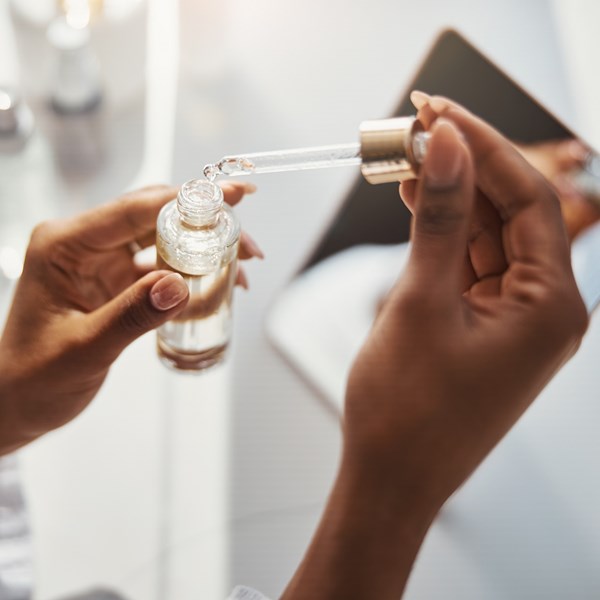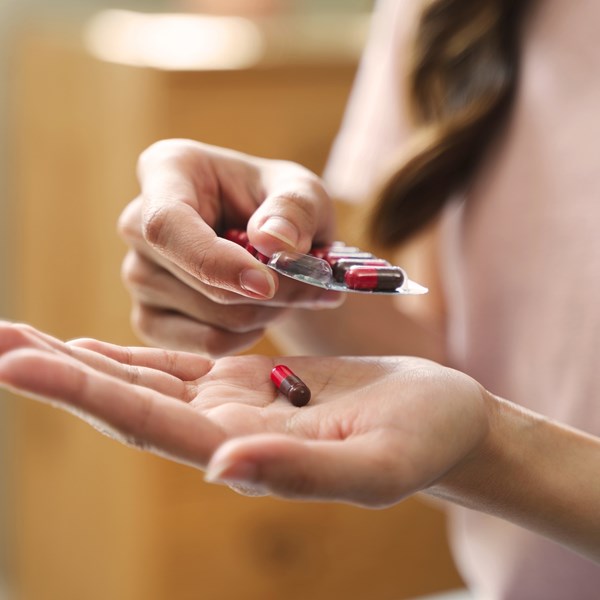UKIPO DECISION
In March 2024, the UKIPO refused SPC applications SPC/GB15/047 and SPC/GB16/039. The Hearing Officer applied the CJEU's interpretation from Forsgren (C-631/13), which defines an "active ingredient" as a substance producing “a pharmacological, immunological, or metabolic action of its own which is covered by the therapeutic indications of the marketing authorisation”.
The Hearing Officer explained that the UKIPO’s approach is primarily led by the Summary of Product Characteristics (SmPC) of the marketing authorisation and the European public assessment reports (EPAR). Additional evidence outside these documents may be considered when assessing whether a substance was an active ingredient, provided that there is already some basis in the SmPC or EPAR. Moreover, for that evidence to be convincing, the Hearing Officer considered that it would have to be relevant to the approved therapeutic indication (in this case, the specific cancers listed on the authorisations and not cancer in general).
On the facts of the case, the Hearing Officer found that there was no support in the SmPC or EPAR that rHuPH20 could be an active ingredient, and thus no justification to rely on further evidence. In any event, he held that the evidence presented by Halozyme did not justify that rHuPH20 had the same effects as trastuzumab or rituximab (i.e. those listed as a therapeutic indication on the marketing authorisations). rHuPH20 was, therefore, not considered an active ingredient under Article 1(b) and the SPC applications were refused for not meeting the requirements of Article 3(d).
HIGH COURT JUDGMENT
Halozyme appealed the decision of the UKIPO before the High Court. There were two issues on appeal:
- What materials are legitimate to consider to decide whether rHuPH20 is an active ingredient?
- Based on the legitimate materials, is rHuPH20, in fact, an active ingredient?
At first instance, even when the Hearing Officer considered the basic patent and scientific literature, he made factual findings that rHuPH20 is not an active ingredient.
In the UK, an appeal of factual findings is not a rehearing of the evidence but a review of the decision to determine if it was legally correct. Therefore, on appeal, Halozyme had to try and convince the Court that the Hearing Officer's factual findings were wrong (second aspect above) before the Court could assess which materials are legitimate to consider (first aspect above).
The Judge summarised that “In short, [the Hearing Officer’s] findings mean that if Halozyme was right about the materials to be considered, it would still lose on the facts; he rejected critical parts of Halozyme’s arguments on the facts based on the basic patent and the literature” (paragraph 28). The Court also found that the finding of fact “was one that was reasonably open to the Hearing Officer” (paragraph 31); incidentally, the Judge noted that he agreed with the Hearing Officer’s assessment but the case did not turn on this. Hence, the Judge dismissed Halozyme’s appeal, giving no further deliberation to which materials would be legitimate to consider.
Although the Hearing Officer had considered it appropriate to assess additional evidence beyond the SmPC/EPAR provided that they contained some basis for the alleged status as an active ingredient, the Comptroller took a more restrictive stance in the appeal by arguing that only Section 2 of the SmPC should be examined, i.e. that the Patent Office should take the regulator’s categorisation of active ingredients at face value. The Comptroller also indicated that they would welcome guidance from the Court about what materials are legitimate to consider when assessing the active ingredient(s), but the Judge expressed reluctance to comment without further evidence. In particular, the Judge noted that more information was required to assess the implications about the right of an unsuccessful SPC applicant to appeal if the regulator’s decision on the active ingredient/excipient characterisation were to lead to an automatic rejection by the UKIPO.
PARALLEL CJEU REFERENCE
In our earlier article, we discussed how the Supreme Administrative Court in the Czech Republic referred questions to the CJEU (C-456/24) to seek a unified interpretation of the EU’s SPC Regulation, following several divergent decisions by national patent offices across Europe (including the UK) on parallel SPC applications by Halozyme.
In the present decision, the Judge also indicated that the forthcoming decision from the CJEU regarding Halozyme's Czech SPC application for rHuPH20/trastuzumab, while not binding on UK courts, “could well be persuasive” (paragraph 24). The Judge suggested that the issue in the UK might be more appropriately evaluated in the context of another case after the CJEU's ruling and with fuller argument (paragraph 48).
ANALYSIS
This case highlights the complexities of defining "active ingredients" under the SPC Regulation and the challenges faced by applicants in navigating differing interpretations across jurisdictions. If an innovator determines that there is evidence that an ingredient may have “a pharmacological, immunological, or metabolic action of its own”, it would be prudent to explain this to the regulator so that the marketing authorisation documents can appropriately acknowledge all active ingredients. This may incur greater cost and delay if the product must be authorised by the new combination product route instead of as a variation application (as appears to have been the authorisation route for Herceptin® SC here). Delaying until after the authorisation process is completed and trying and convince Patent Offices that something labelled as an excipient is actually an active ingredient (contrary to the marketing authorisation documents) may be an uphill battle. Hence, consideration of the possibility of obtaining SPCs for combination products should be factored into discussions with your regulatory team sufficiently early in the process so that an informed choice can be made.
The High Court's decision leaves unresolved exactly how the Forsgren criteria should be applied in the UK, particularly about which documents may be taken into account when assessing active ingredient status. However, the pending CJEU referral from the Czech courts may provide further guidance in due course. Although any new CJEU decisions will not be binding on UK courts, the UK Courts may consider CJEU case law as a persuasive authority, particularly if the UK Courts do not see a reason to diverge.
Hence, the outcome of the CJEU referral and any future UK court decisions will be crucial in shaping the landscape for SPC applications involving combination products. In the meantime, please contact one of our SPC and Regulatory Team if you have any questions about extending protection for your products.






